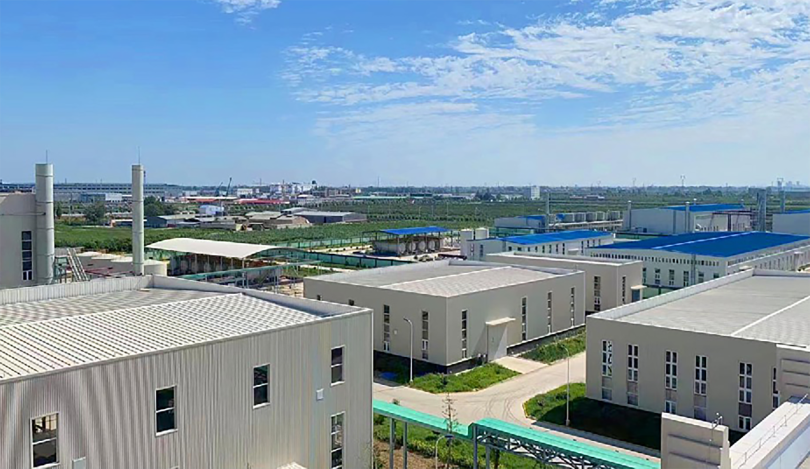
nov. . 15, 2024 03:22 Back to list
hpmc glass transition temperature
The Glass Transition Temperature in HPMC Understanding its Implications
Hydroxypropyl methylcellulose (HPMC) is a widely utilized polymer in pharmaceutical formulations, food products, and various industrial applications. One of the critical properties of HPMC that significantly influences its performance is its glass transition temperature (Tg). The glass transition temperature is the temperature range over which a polymer transitions from a hard and relatively brittle glassy state into a more flexible, rubbery state. Understanding the Tg of HPMC is essential for optimizing its applications across different fields.
What is Glass Transition Temperature?
The glass transition temperature (Tg) is a fundamental property of amorphous polymers, including HPMC. It refers to the temperature at which the polymer transitions from a rigid, glassy state to a more flexible, rubbery state. This transition does not correspond to a phase change in the traditional sense, such as melting or freezing, but rather signifies a change in the mobility of the polymer chains. Below Tg, the movement of the polymer chains is restricted, leading to a brittle material, while above Tg, the chains gain mobility, resulting in a more ductile material.
Significance of Tg in HPMC
HPMC’s Tg plays a critical role in determining its behavior in different formulations and processes. For instance, in pharmaceutical applications, the Tg influences drug release rates from dosage forms. At temperatures below Tg, the polymer matrix can restrict the movement of drug molecules, leading to slow release. Conversely, once the temperature exceeds Tg, the mobility increases, which can enhance the release rates of the drug.
Additionally, the Tg of HPMC affects its solubility and viscosity in various solvents. For example, at elevated temperatures, when HPMC is used as a thickening agent or binder in formulations, its viscosity will decrease, allowing for easier processing. Understanding and controlling the Tg can lead to improved product stability and functionality, especially in temperature-sensitive applications.
Factors Affecting Tg in HPMC
hpmc glass transition temperature

The glass transition temperature of HPMC is influenced by several factors including the degree of substitution, molecular weight, and the presence of plasticizers.
1. Degree of Substitution HPMC is synthesized by modifying cellulose with hydroxypropyl and methyl groups. The degree of these substitutions significantly influences the polymer's properties, including Tg. Higher degrees of substitution typically lower the Tg because they introduce more flexible segments into the polymer, increasing overall chain mobility.
2. Molecular Weight The molecular weight of HPMC also plays a vital role in determining Tg. Generally, polymers with higher molecular weights exhibit higher Tg values due to increased chain entanglements that restrict mobility. Therefore, careful consideration of the molecular weight is necessary when formulating products for specific temperature applications.
3. Plasticizers The incorporation of plasticizers can significantly lower the Tg of HPMC. Plasticizers are small molecules that insert themselves between polymer chains, increasing free volume and mobility. This modification is especially valuable in applications where enhanced flexibility and processability are required.
Measuring Tg
The glass transition temperature of HPMC is typically determined using techniques such as Differential Scanning Calorimetry (DSC) or Dynamic Mechanical Analysis (DMA). In DSC, the Tg is identified as a shift in heat flow associated with the energetic changes during the transition. DMA measures the material's response to an applied oscillating stress, revealing the Tg as a peak in loss modulus.
Conclusion
In conclusion, the glass transition temperature of hydroxypropyl methylcellulose (HPMC) is a crucial parameter affecting its functionality across various applications, including pharmaceuticals and food products. By understanding and manipulating Tg through factors like degree of substitution, molecular weight, and plasticization, formulators can enhance the performance and stability of HPMC-based products. As research continues, the importance of Tg in polymer chemistry and material science will undoubtedly lead to more innovative applications and improved formulations in the future. Understanding these principles not only aids in developing high-quality products but also in advancing the science behind polymer behavior in real-world applications.
-
Why HPMC is a Key Additive in Wall Putty Formulations
NewsAug.05,2025
-
Redispersible Powder in Decorative Renders: Function Meets Finish
NewsAug.05,2025
-
Redispersible Powder for Interior Wall Putty: Smooth Results Every Time
NewsAug.05,2025
-
HPMC’s Water Retention Capacity in Dry Mortar Applications
NewsAug.05,2025
-
HPMC Factory Contributions to Liquid Detergents
NewsAug.05,2025
-
How HPMC Factory Products Change Detergent Textures
NewsAug.05,2025







